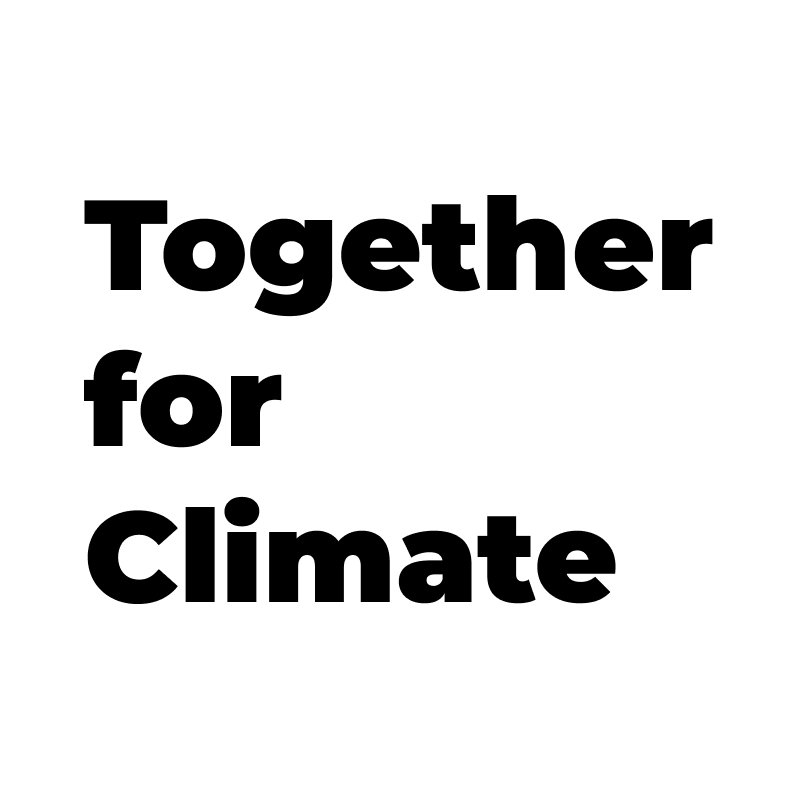Intensified Impact of Human Activity
Recent reports from the Intergovernmental Panel on Climate Change (IPCC) have starkly highlighted the significant role that human activities play in exacerbating climate change, underscoring the reality that the last decade has witnessed the highest levels of greenhouse gas emissions in recorded history. This alarming trend brings to the fore an urgent need for drastic reductions in emissions to mitigate potentially catastrophic climate impacts.
Human Activities and Their Environmental Impact
The link between human activity and climate change is undeniable and well-documented. Industrial processes, deforestation, urban expansion, agriculture, and the use of fossil fuels are primary contributors to the unprecedented rise in greenhouse gases such as carbon dioxide, methane, and nitrous oxide. These gases trap heat in the earth's atmosphere, leading to the greenhouse effect, which in turn causes global temperatures to rise, disrupting weather patterns and altering ecosystems.
Record Greenhouse Gas Emissions
The past ten years have set worrying new records for greenhouse gas concentrations in the atmosphere. According to the IPCC, these emissions have accelerated the rate of temperature rise, sea-level increase, and ice melt. The current levels of carbon dioxide in the atmosphere are higher than at any point in at least 800,000 years, with significant contributions from energy production, industrial activities, transportation, and agriculture.
The Urgent Need for Emission Reductions
The critical need to reduce emissions stems from the direct link between greenhouse gas concentrations and the severity of climate impacts. Higher emissions lead to more severe heatwaves, longer drought periods, more intense storm events, and greater economic and social disruption. The IPCC has emphasized that limiting global warming to 1.5 degrees Celsius above pre-industrial levels, as outlined in the Paris Agreement, necessitates halving emissions by 2030 and reaching net-zero by 2050.
Strategies for Reducing Emissions
Achieving these emission reduction goals requires a multipronged approach:
Energy Transition: Shifting from fossil fuels to renewable energy sources like solar, wind, and hydroelectric power is crucial. This transition not only reduces carbon emissions but also diminishes air pollution, improving public health and environmental quality.
Efficiency Improvements: Enhancing energy efficiency in buildings, transportation, and industries can significantly lower emissions. Technologies such as LED lighting, high-efficiency heating and cooling systems, and advanced insulation materials are effective ways to reduce energy consumption.
Sustainable Agriculture and Forestry: Implementing sustainable land use practices can both reduce emissions and enhance the carbon sequestration potential of forests and soils. This includes practices like reforestation, afforestation, and sustainable farming techniques that increase soil carbon storage.
Innovative Technologies: Carbon capture and storage (CCS) technologies, which remove CO2 from the air or from industrial processes before it can enter the atmosphere, are becoming increasingly important. Innovations in this area could provide critical ways to reduce global CO2 levels.
Policy and Legislation: Governments play a crucial role by enacting policies that enforce emission reductions and support sustainable practices across different sectors. This includes carbon pricing, subsidies for renewable energy technologies, and regulations that phase out coal and other high-emission fuels.
Global Cooperation and Commitment
The global nature of climate change requires international cooperation and commitment to shared goals. International agreements like the Paris Agreement are vital, as they commit countries to binding targets for emission reductions. The success of such agreements depends on the collective will of all nations, especially the largest emitters, to implement effective climate policies and invest in sustainable technologies and infrastructures.
In conclusion, as the IPCC reports have clearly articulated, the intensified impact of human activities on the climate presents a pressing challenge that demands immediate and sustained action. The next few decades are crucial in determining the future course of our climate and the well-being of all life on Earth. The time for decisive action and comprehensive strategy implementation is now, to ensure a sustainable and resilient future.
